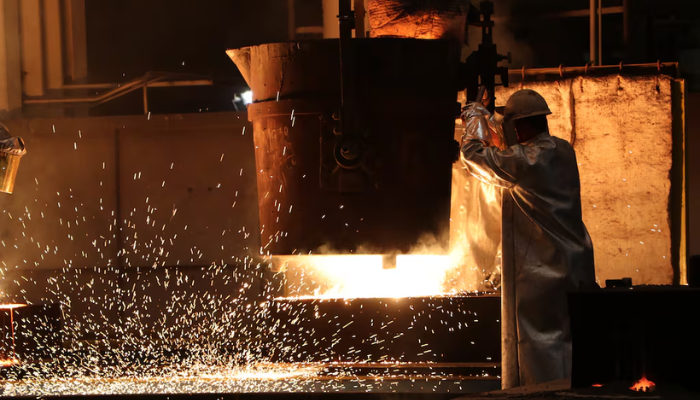Rock Island Arsenal Uses 3D Printing to Reinvent Military Manufacturing

Rock Island Arsenal in Illinois is blending centuries-old forging traditions with modern 3D printing technology to keep the U.S. Army’s supply chain strong. Inside its historic foundry, workers still pour molten steel into molds, much as they did more than a century ago. A short distance away, the hum of robotic arms and printers signals a new era. The site is becoming a key hub for advanced manufacturing, where old and new techniques work side by side.
One of the most transformative changes is the introduction of sand 3D printing for mold production. Previously, creating a traditional wooden mold could take months of careful work. With the new system, molds can be printed in as little as 24 hours and poured the following day. This ability to iterate rapidly allows the Army to deliver critical parts in days instead of months, improving both flexibility and readiness.

Rock Island Arsenal is also home to the world’s largest 3D metal printer. (Photo Credit: US Army)
The benefits of additive manufacturing extend far beyond speed. Rock Island has been experimenting with new alloys and more precise mold techniques, making production more efficient and adaptable. The arsenal recently achieved AS9100 certification, which positions it to produce aerospace-grade components and support both Army and Air Force aviation programs. This certification opens doors for high-precision applications that demand strict quality standards.
3D printing is also playing a central role in the Army’s push to increase drone production. Rock Island will contribute to a goal of producing 1,000 unmanned aerial vehicles by the end of the fiscal year, using composite-based additive manufacturing to create drone bodies and critical parts. A new large-format printer will arrive in early 2026, further expanding the site’s capacity to manufacture complex components at scale.

Rock Island Arsenal also specializes in casting molds using molten steel. (Photo Credit: RIA-JTMC)
The evolution of Rock Island Arsenal shows how traditional military infrastructure can adapt to modern challenges. By combining advanced 3D printing with proven craftsmanship, the Army is creating a more agile and resilient manufacturing base. This approach is helping to reduce lead times, improve production flexibility, and ensure the military can respond quickly to changing operational demands.
What do you think of this development at Rock Island Arsenal? Let us know in a comment below or on our LinkedIn or Facebook pages! Plus, don’t forget to sign up for our free weekly Newsletter to get the latest 3D printing news straight to your inbox. You can also find all our videos on our YouTube channel. For more 3D printing news in the aerospace and defense sectors, check out our dedicated page HERE.
*Cover Photo Credits: Rock Island Arsenal







